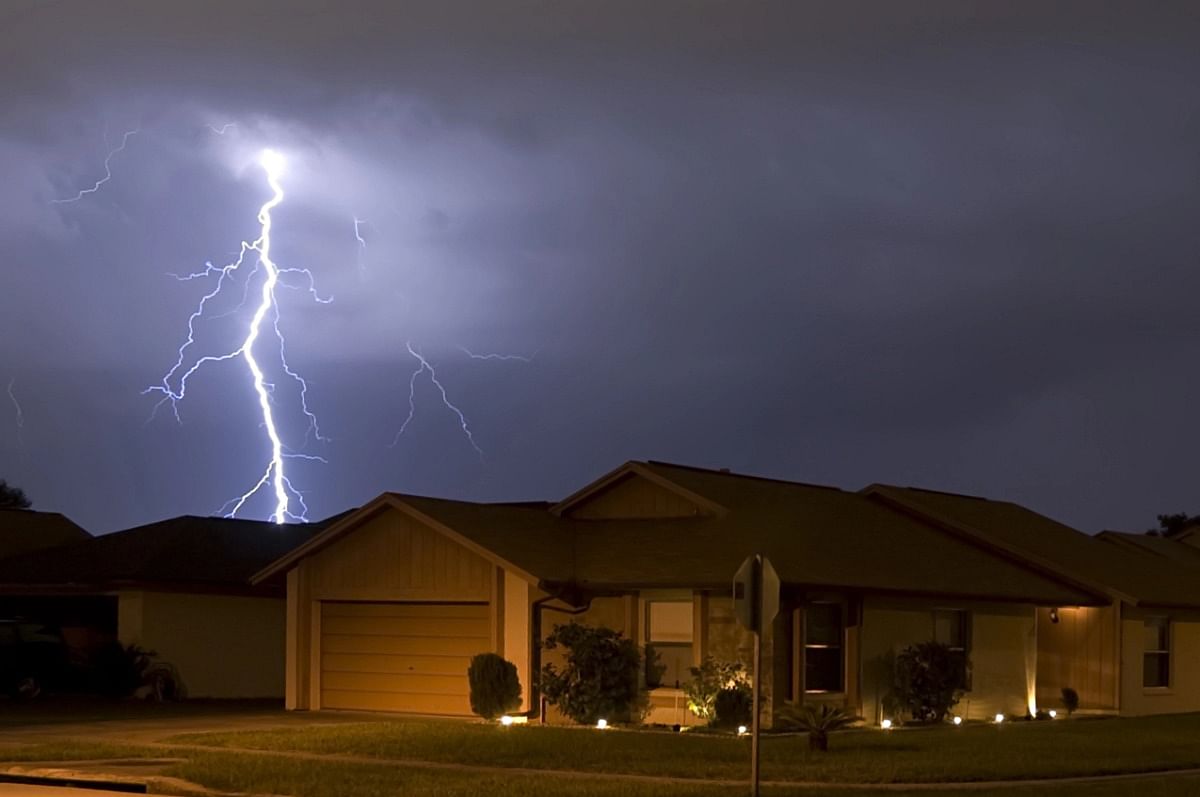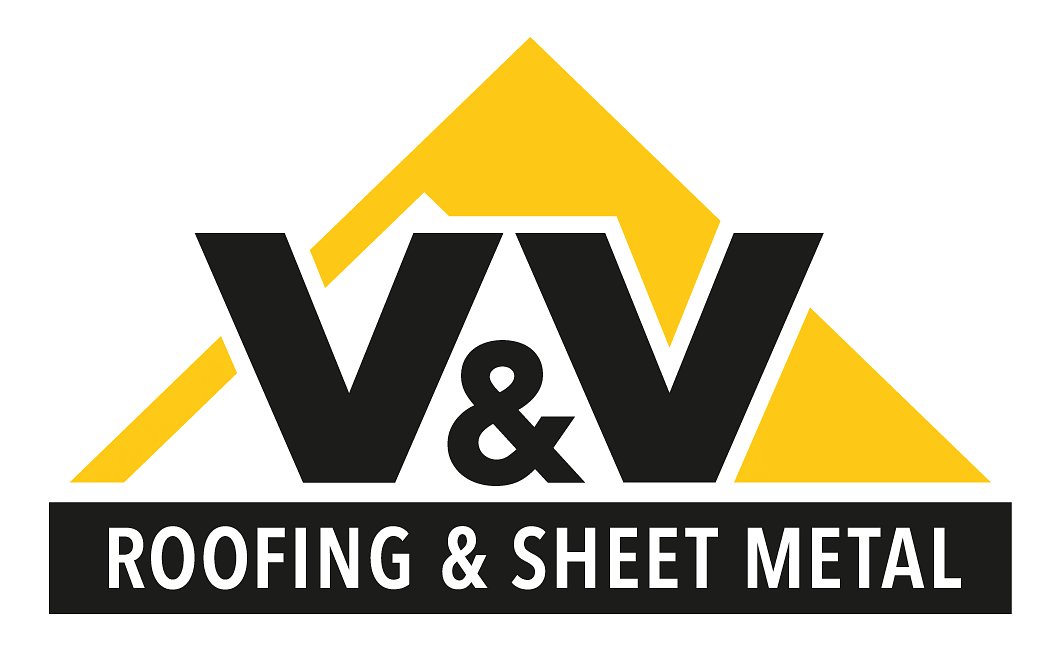1) Wind Resistance: Louisiana’s strong storms and hurricanes bring powerful winds that can lift or tear off roofing materials if they are not properly installed or rated for high wind speeds. The best roofing materials for storm protection should have a high wind resistance rating, ideally up to 140-160 mph. Metal roofing, impact-resistant shingles, and properly secured clay tiles tend to offer superior performance in high-wind environments. In addition to the material itself, correct installation techniques, such as reinforced fasteners and hurricane clips, can significantly enhance a roof’s ability to stay intact during extreme weather.
2) Impact Resistance: Hurricanes and severe thunderstorms often bring hail and flying debris, both of which can cause extensive damage to a roof. Materials with a high impact resistance rating, such as Class 4 impact-rated asphalt shingles or synthetic roofing, are better suited to withstand falling tree branches, hail, and windborne objects. Investing in a durable, impact-resistant roof can help prevent costly repairs and prolong the lifespan of the structure. Additionally, reinforced roofing systems with a strong underlayment can provide an extra layer of protection against punctures or cracks.
3) Water Resistance: Heavy rain and prolonged exposure to moisture can lead to leaks, mold growth, and structural damage if a roof is not properly sealed. Water-resistant roofing materials, such as metal, slate, and properly installed asphalt shingles, help prevent water infiltration. Additionally, installing a waterproof underlayment beneath the primary roofing material adds an extra barrier against leaks. Proper drainage systems, including gutters and downspouts, also play a critical role in directing water away from the home and reducing the risk of water damage.
4) Durability and Longevity: A roof should not only provide immediate protection but also offer long-term resilience against repeated storm exposure. Some materials, such as slate and metal, can last for decades with minimal maintenance, while others, like traditional asphalt shingles, may need replacement sooner. Choosing a roofing material that can withstand Louisiana’s humid climate, high winds, and storm-related damage is essential for homeowners looking to maximize their investment. Regular maintenance, such as inspections and repairs, can further extend the life of any roofing system.
Best Roofing Materials for Louisiana Storms
Metal Roofing: Metal roofing is one of the most durable and storm-resistant options available, making it an excellent choice for Louisiana homeowners. It is capable of withstanding wind speeds of up to 140-160 mph, making it highly resistant to hurricane-force winds. Additionally, metal roofs have a smooth, interlocking design that allows rainwater to run off efficiently, reducing the risk of leaks and water damage. Another advantage of metal roofing is its longevity, when properly maintained, it can last 40-70 years, significantly outlasting traditional roofing materials. While the initial installation cost may be higher, its durability, energy efficiency, and low maintenance needs make it a cost-effective choice in the long run.
Asphalt Shingles (Impact-Resistant & Architectural Shingles): Asphalt shingles are one of the most common roofing materials in Louisiana, but not all shingles offer the same level of storm protection. Homeowners looking for a storm-resistant option should consider impact-resistant shingles, which are designed to withstand hail and wind-driven debris. These shingles are often Class 4 impact-rated, the highest rating available, meaning they are built to resist significant impacts without cracking or breaking. Architectural shingles, a thicker and more durable variation of asphalt shingles, also provide better wind resistance than standard 3-tab shingles. They are designed with a multi-layered structure that enhances durability and reduces the chances of wind uplift. While asphalt shingles require more frequent replacement compared to metal or slate roofing, they are an affordable and effective option for storm protection when properly installed and maintained.
Clay and Concrete Tiles: Clay and concrete tiles are known for their strength and resilience, making them an excellent choice for homes in hurricane-prone areas. Their heavy weight helps them stay in place during high winds, reducing the risk of uplift or detachment. In addition, these tiles provide superior impact resistance against hail and debris, making them highly durable in severe weather conditions. Concrete tiles, in particular, are designed to mimic the look of traditional clay tiles while offering enhanced durability and moisture resistance. One consideration for homeowners is the additional structural support that may be needed to accommodate the weight of these materials. However, when properly installed, clay and concrete tiles can last 50 years or more, offering exceptional long-term protection.
Slate Roofing: Slate is one of the most durable and weather-resistant roofing materials available. Its natural stone composition makes it highly resistant to wind, impact, and water infiltration. Unlike other roofing materials that may degrade over time, slate is virtually impervious to moisture and UV exposure, allowing it to last over a century when properly maintained. This makes it an excellent long-term investment for homeowners looking for maximum storm protection. However, slate is one of the heaviest roofing materials, requiring additional structural reinforcement. It is also among the most expensive options, but its longevity and resistance to extreme weather conditions make it a worthwhile choice for those prioritizing durability and storm protection.
Synthetic Roofing (Composite Slate or Shake): Synthetic roofing materials, such as composite slate or shake, offer an innovative alternative to natural materials while providing superior storm resistance. These roofing options are engineered to withstand high winds, heavy rain, and impact damage, making them an ideal choice for Louisiana’s unpredictable weather. Unlike natural slate or wood shakes, synthetic materials are lightweight, reducing the need for additional structural support. They are also highly resistant to mold, mildew, and moisture damage, ensuring long-lasting performance in humid environments. With the ability to replicate the appearance of traditional roofing materials without the same level of maintenance, synthetic roofing provides both aesthetic appeal and reliable protection against severe weather conditions.
Additional Storm Protection Features
Hurricane Clips & Reinforced Fasteners: One of the best ways to enhance a roof’s wind resistance is by using hurricane clips and reinforced fasteners. These metal connectors help secure the roof to the home’s structure, preventing it from being lifted by strong winds during hurricanes and severe storms. Many building codes in hurricane-prone areas now require these reinforcements, as they significantly reduce the chances of roof failure. Homeowners looking to fortify their existing roof should consider an inspection to ensure their fasteners are up to code and properly installed.
Waterproof Underlayment for Extra Leak Protection: Even the best roofing materials can experience minor damage during a storm, making waterproof underlayment a critical component for storm protection. This layer is installed beneath the primary roofing material and acts as a secondary barrier to prevent leaks, especially in heavy rain conditions. A high-quality waterproof underlayment can protect a home from water intrusion even if shingles, tiles, or metal panels become compromised. Investing in this additional protection is a smart move for homeowners in Louisiana, where hurricanes and prolonged downpours are common.
Proper Roof Ventilation to Reduce Storm Pressure: Adequate roof ventilation is often overlooked, but it plays a crucial role in storm protection. A well-ventilated roof helps regulate pressure changes that can cause roof lift during high winds. It also prevents excessive moisture buildup, which can lead to mold growth and wood rot over time. Ensuring your home has the right balance of intake and exhaust ventilation can enhance both storm resistance and overall roof longevity.
Regular Inspections & Preventative Maintenance: A roof is only as strong as its weakest point, which is why routine inspections and maintenance are essential. Homeowners should schedule regular roof inspections, particularly before hurricane season, to check for loose shingles, deteriorated flashing, or signs of wear. Catching small issues early can prevent them from turning into major problems when a storm hits. Partnering with a professional roofing company like V & V Roofing ensures that your roof is in top shape and ready to withstand extreme weather.
Storm-Proof Your Roof with V & V Roofing!
When it comes to protecting your home from Louisiana’s unpredictable storms, having the right roofing materials and reinforcements makes all the difference. Whether you need a durable metal roof, impact-resistant shingles, or expert installation of hurricane clips and waterproofing solutions, V & V Roofing has you covered. Our team specializes in storm-resistant roofing to keep your home safe and secure year-round. Don’t wait until the next big storm; contact us today for a roof inspection or a custom storm-ready roofing solution!


